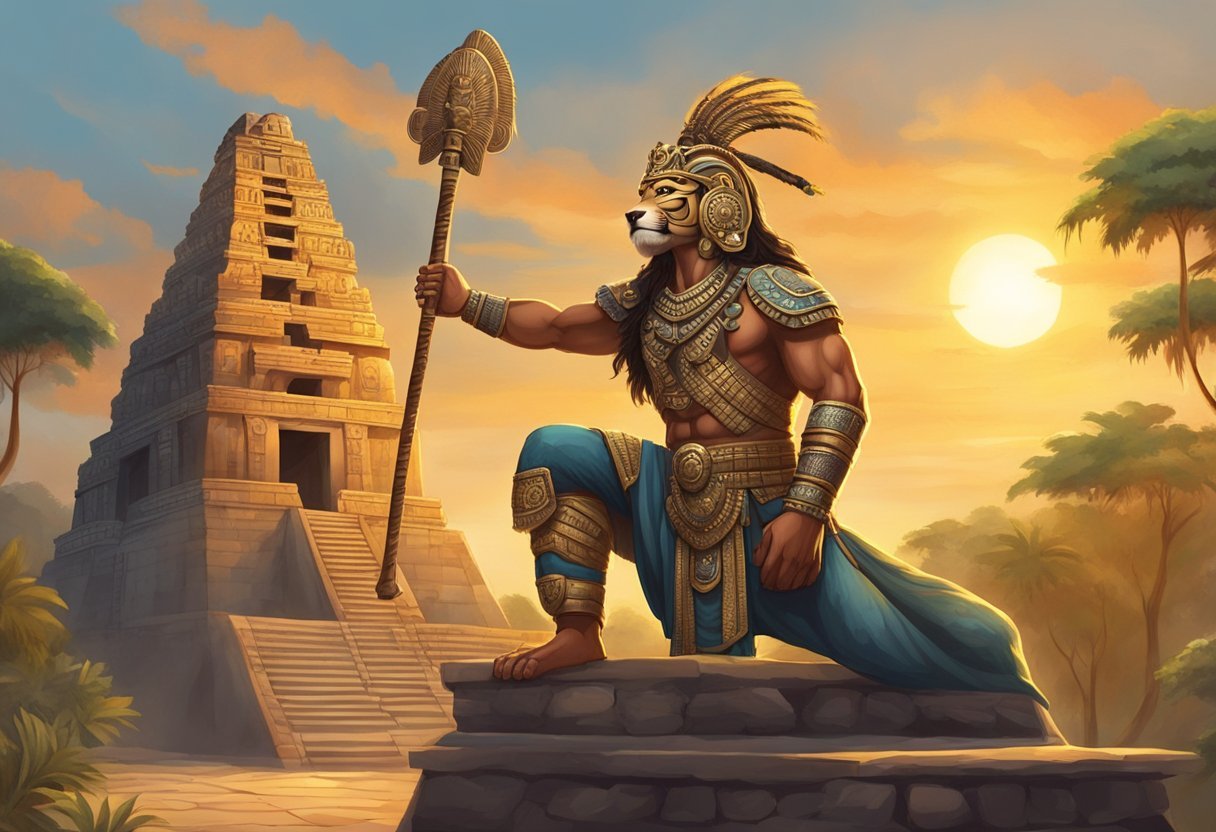Jacinto Canek, an 18th-century Maya revolutionary, is a figure of remarkable historical significance. He led a notable rebellion against Spanish rule in the Yucatán Peninsula, making a lasting impact on the struggle for indigenous rights. Born in Campeche in 1730, Canek’s early education under Franciscan priests allowed him to learn Latin, grammar, and history, which played a crucial role in shaping his revolutionary ideals.
In November 1761, Canek launched a surprise revolt in the village of Cisteil, rallying the oppressed Maya people against their Spanish colonizers. This uprising was a direct response to decades of enslavement, political control, and forced religious assimilation that the indigenous population endured. Despite the eventual suppression of his rebellion, Jacinto Canek remains a symbol of resistance and a hero to many in the region.
Understanding Canek’s life and struggle provides valuable insights into the history of indigenous uprisings in New Spain. His fight against tyranny still resonates today, inspiring modern movements for cultural and political autonomy. Readers interested in the complexities of colonial resistance will find Jacinto Canek’s story both compelling and enlightening.
The Life of Jacinto Canek
Jacinto Canek, born Jacinto Uc de los Santos, was an 18th-century Maya revolutionary known for his resistance against Spanish colonial rule in the Yucatán Peninsula. His early years, education, and the ideologies he embraced played significant roles in shaping his revolutionary path.
Early Years and Education
Jacinto Canek was born in the early 1730s in the barrio de San Román, City of Campeche, New Spain, modern-day Mexico. His parents were Maya natives living under Franciscan command. The Franciscans noticed Canek’s intelligence early on and took him under their tutelage, providing him with education and religious instruction.
Despite being a commoner, Canek received an education that was relatively advanced for a Maya individual at the time. He gained a deeper understanding of both Mayan culture and Spanish colonial practices. This unique educational background helped him recognize the injustices faced by his people, shaping his revolutionary aspirations.
Inspirations and Ideologies
Canek’s inspirations stemmed from witnessing the harsh realities of Spanish colonial rule in the Yucatán Peninsula. He was particularly moved by the suffering of the Maya under Spanish religious and political control. The forced assimilation and enslavement of his people deeply affected him.
Drawing from his education and cultural heritage, Canek began to form ideologies centered around resistance and autonomy for the Maya. His revolt in November 1761 in the village of Cisteil was a direct response to these oppressive conditions. He envisioned a future where the Maya could govern themselves and preserve their cultural identity.
Through his actions and beliefs, Jacinto Canek became a symbol of resistance and hope for the Maya people, leaving a lasting impact on the history of the region.
Revolution and Legacy
Jacinto Canek’s uprising against Spanish colonial rule in the Yucatán Peninsula marked a significant moment in the history of indigenous resistance. His revolt, capture, and execution left a lasting impact on the Maya people and their fight against oppression.
The 1761 Revolt
In November 1761, Jacinto Canek, a Maya revolutionary, led a surprise attack in the village of Cisteil. With his background in education and knowledge of Spanish rule, Canek rallied both indigenous Maya and local townspeople to resist the oppressive regime. The revolt aimed to challenge the harsh conditions and cultural erasure imposed by Spanish colonizers. Canek’s forces managed to briefly seize control of the area, demonstrating strong discontent and the desire for autonomy among the Maya.
Capture and Execution
Despite the initial success, the rebellion faced a swift and brutal response from the Spanish authorities. Canek was captured along with many of his followers after a fierce battle. On December 14, 1761, he was executed in Mérida. This event was marked by gruesome public displays intended to deter future revolts. His execution scene, depicted in a mural by Fernando Castro Pacheco in the Yucatan Governor’s Palace, is a stark reminder of the Spanish efforts to crush indigenous resistance.
Impact on Indigenous Resistance
Jacinto Canek’s legacy endured beyond his execution. His revolt symbolized a significant moment of defiance against colonial rule. The uprising inspired future generations of Maya to continue resisting Spanish and later Mexican authorities, fueling a broader movement for indigenous rights and autonomy. Canek is remembered as a hero and symbol of the enduring struggle of the Maya people against oppression, and his story continues to be celebrated in modern times, reminding people of the power of resistance and the fight for cultural survival. For more details, visit Jacinto Canek’s history.

